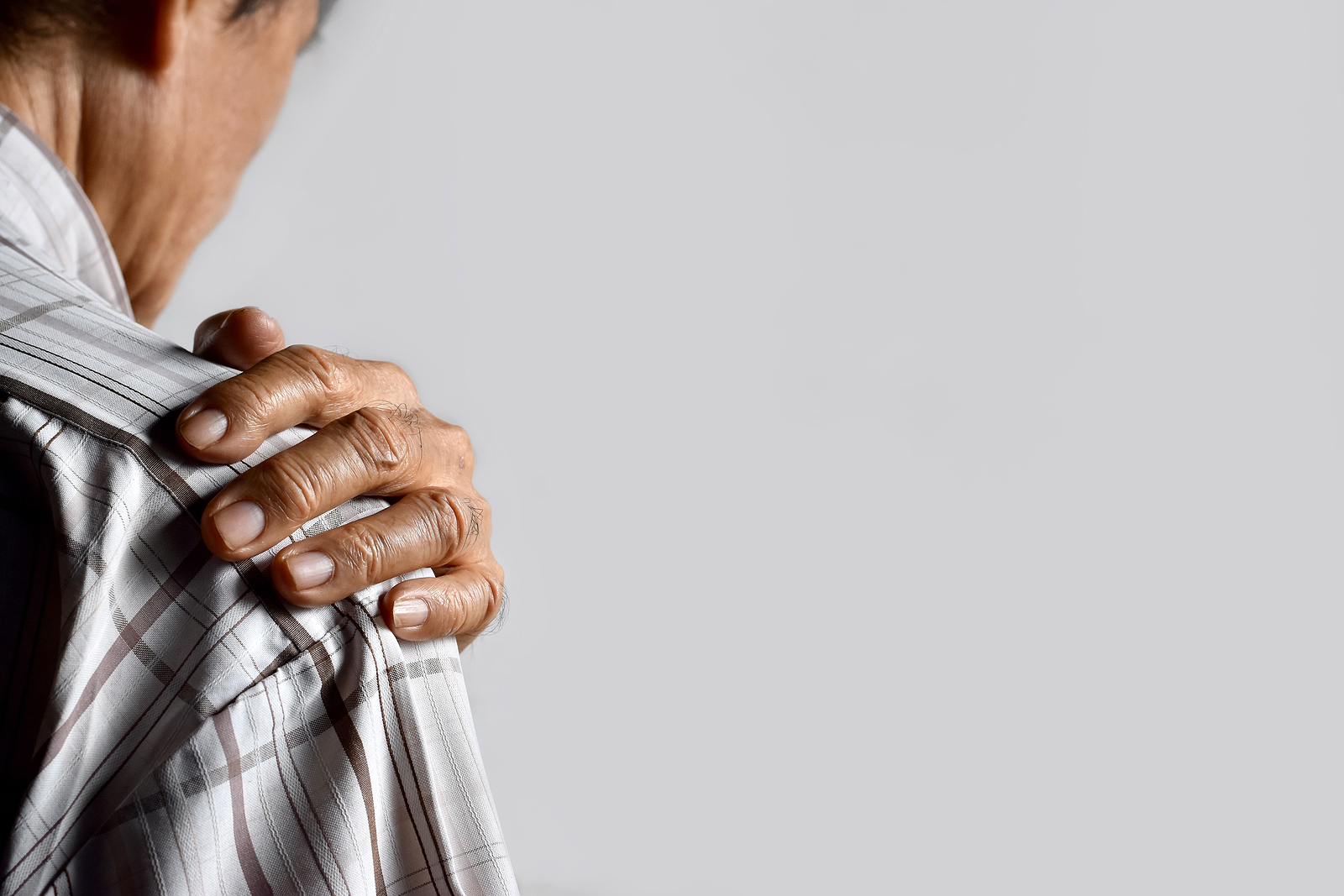
Frozen Shoulder Syndrome, medically known as adhesive capsulitis, is a painful and debilitating condition that affects countless individuals worldwide. Characterized by stiffness, limited range of motion, and persistent pain in the shoulder joint, it can significantly impact one’s daily life and overall well-being. While there are various treatment options available, including physical therapy, medications, and even surgery, an increasingly popular and effective complementary approach is massage therapy. In this article, we’ll delve deep into the world of massage therapy and explore its role in alleviating the symptoms of Frozen Shoulder Syndrome.
Understanding Frozen Shoulder Syndrome
Before we dive into the therapeutic benefits of massage, let’s first understand what Frozen Shoulder Syndrome entails. This condition typically progresses through three stages:
- Freezing Stage: During this initial phase, patients experience a gradual onset of pain and stiffness in the shoulder. This pain can be particularly intense at night, making it challenging to sleep on the affected side.
- Frozen Stage: In this stage, the shoulder becomes even stiffer, and range of motion becomes severely restricted. Everyday activities such as reaching for items on high shelves or fastening a bra can become nearly impossible without excruciating pain.
- Thawing Stage: As the name suggests, this stage sees a gradual improvement in shoulder mobility and a reduction in pain. However, it can take several months to years to fully recover from Frozen Shoulder Syndrome.
While the exact cause of Frozen Shoulder Syndrome remains unclear, factors such as age, gender (more common in women), diabetes, and previous shoulder injuries have been associated with its development.
Massage Therapy: A Holistic Approach
Massage therapy is a holistic healing technique that involves the manual manipulation of muscles, tendons, ligaments, and soft tissues to promote relaxation, reduce pain, and enhance overall well-being. When applied skillfully, massage therapy can offer several benefits for individuals suffering from Frozen Shoulder Syndrome:
- Pain Relief: Massage therapy can effectively alleviate the chronic pain associated with Frozen Shoulder Syndrome. By targeting trigger points and tension areas in the shoulder and surrounding muscles, massage therapists can help relax these tissues, reducing pain and discomfort.
- Improved Circulation: Massage promotes increased blood flow to the affected area, which can enhance the delivery of nutrients and oxygen to injured tissues. This improved circulation aids in the healing process and reduces inflammation.
- Enhanced Range of Motion: One of the primary goals of massage therapy in the context of Frozen Shoulder Syndrome is to restore range of motion. Skilled massage therapists use techniques to gently stretch and mobilize the shoulder joint, gradually increasing flexibility and reducing stiffness.
- Stress Reduction: Chronic pain can take a toll on mental health. Massage therapy induces relaxation and reduces stress, which can help patients better manage the emotional toll of living with Frozen Shoulder Syndrome.
- Improved Sleep: Many individuals with Frozen Shoulder Syndrome struggle to sleep due to pain and discomfort. Massage therapy can help alleviate these issues, leading to better sleep quality and overall restorative rest.
Types of Massage Techniques for Frozen Shoulder
Several massage techniques can be beneficial for individuals with Frozen Shoulder Syndrome, including:
- Swedish Massage: This gentle, soothing massage technique uses long strokes, kneading, and friction to promote relaxation and improve circulation in the shoulder area.
- Deep Tissue Massage: Ideal for targeting deeper layers of muscle and fascia, deep tissue massage can help release chronic muscle tension and alleviate pain.
- Trigger Point Therapy: Massage therapists use focused pressure on specific trigger points to release tight knots in the muscles, providing relief from pain and stiffness.
- Myofascial Release: This technique focuses on the fascia, the connective tissue that surrounds muscles. By releasing tension in the fascia, myofascial release can improve range of motion and reduce pain.
- Stretching and Range of Motion Techniques: In addition to traditional massage, therapists may incorporate stretching and range of motion exercises to gradually increase shoulder mobility.
Massage as Part of a Comprehensive Treatment Plan
It’s important to note that massage therapy should be considered a complementary approach rather than a standalone treatment for Frozen Shoulder Syndrome. A comprehensive treatment plan typically includes a combination of therapies, which may include:
- Physical Therapy: Physical therapists can provide exercises and stretches tailored to the patient’s specific needs, gradually improving shoulder function.
- Medications: Nonsteroidal anti-inflammatory drugs (NSAIDs) or corticosteroid injections may be prescribed to manage pain and inflammation.
- Heat and Ice Therapy: Alternating between heat and ice applications can help reduce pain and inflammation in the shoulder joint.
- Home Exercises: Patients are often encouraged to perform prescribed exercises at home to maintain and enhance the progress made during therapy sessions.
- Surgery (in severe cases): When other treatments prove ineffective, surgical intervention may be necessary to release the joint capsule and restore shoulder mobility.
Conclusion
Frozen Shoulder Syndrome can be a physically and emotionally challenging condition to endure. While massage therapy alone cannot provide a complete cure, it can play a vital role in managing pain, reducing stiffness, and enhancing overall well-being. When integrated into a comprehensive treatment plan that includes physical therapy, medication, and lifestyle modifications, massage therapy can be a powerful tool for improving the quality of life for those affected by this condition. If you or someone you know is struggling with Frozen Shoulder Syndrome, consider exploring the benefits of massage therapy as part of your journey towards healing and recovery. Always consult with a qualified healthcare professional before starting any new treatment regimen for Frozen Shoulder Syndrome to ensure it aligns with your individual needs and circumstances.



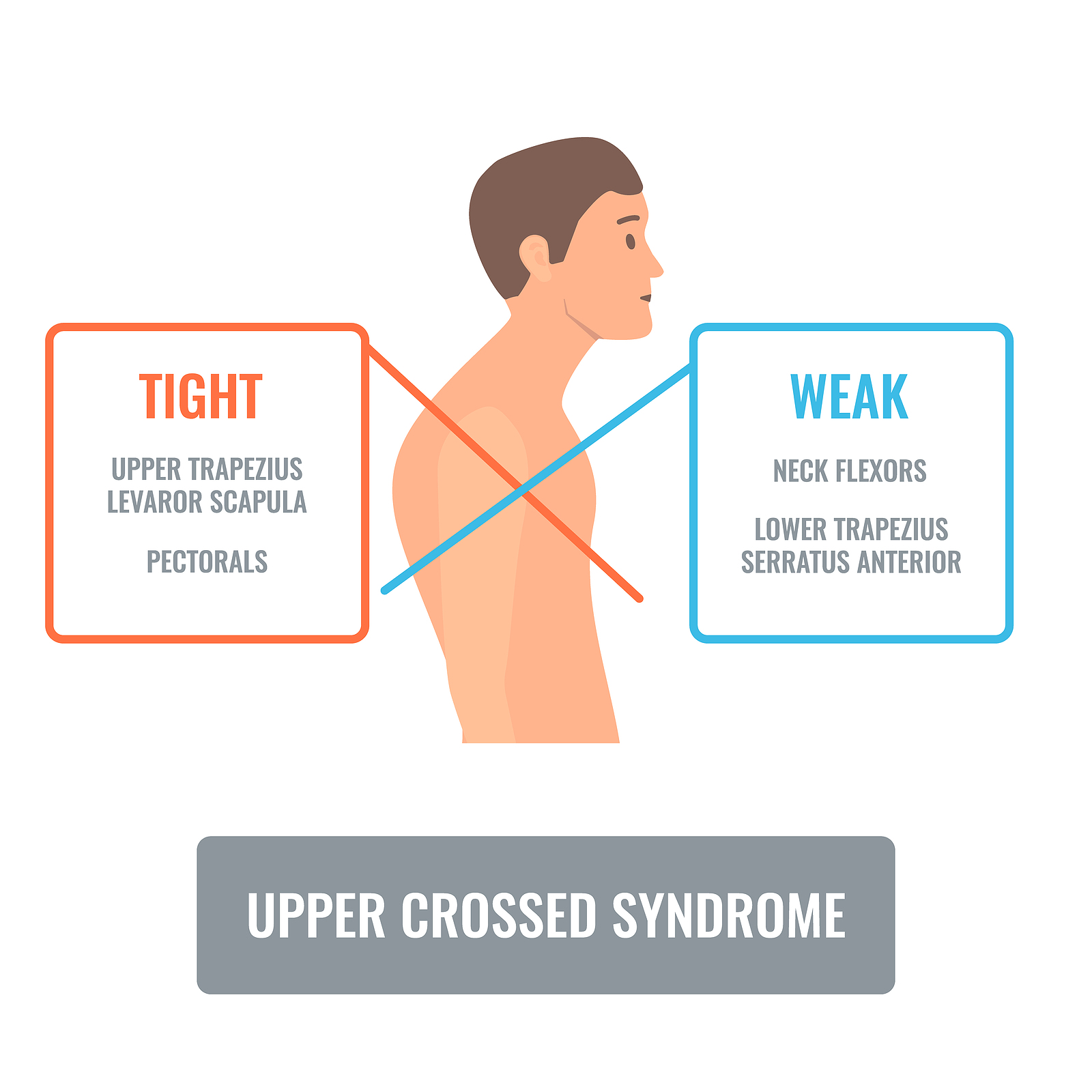 Upper Crossed Syndrome (UCS) is a muscular imbalance pattern that commonly affects individuals who have a sedentary lifestyle or spend long hours at a desk or computer. This condition results from overuse of some muscles and underuse of others, leading to a complex chain of events that can cause pain, stiffness, and discomfort in the neck, shoulders, and upper back.
Upper Crossed Syndrome (UCS) is a muscular imbalance pattern that commonly affects individuals who have a sedentary lifestyle or spend long hours at a desk or computer. This condition results from overuse of some muscles and underuse of others, leading to a complex chain of events that can cause pain, stiffness, and discomfort in the neck, shoulders, and upper back.
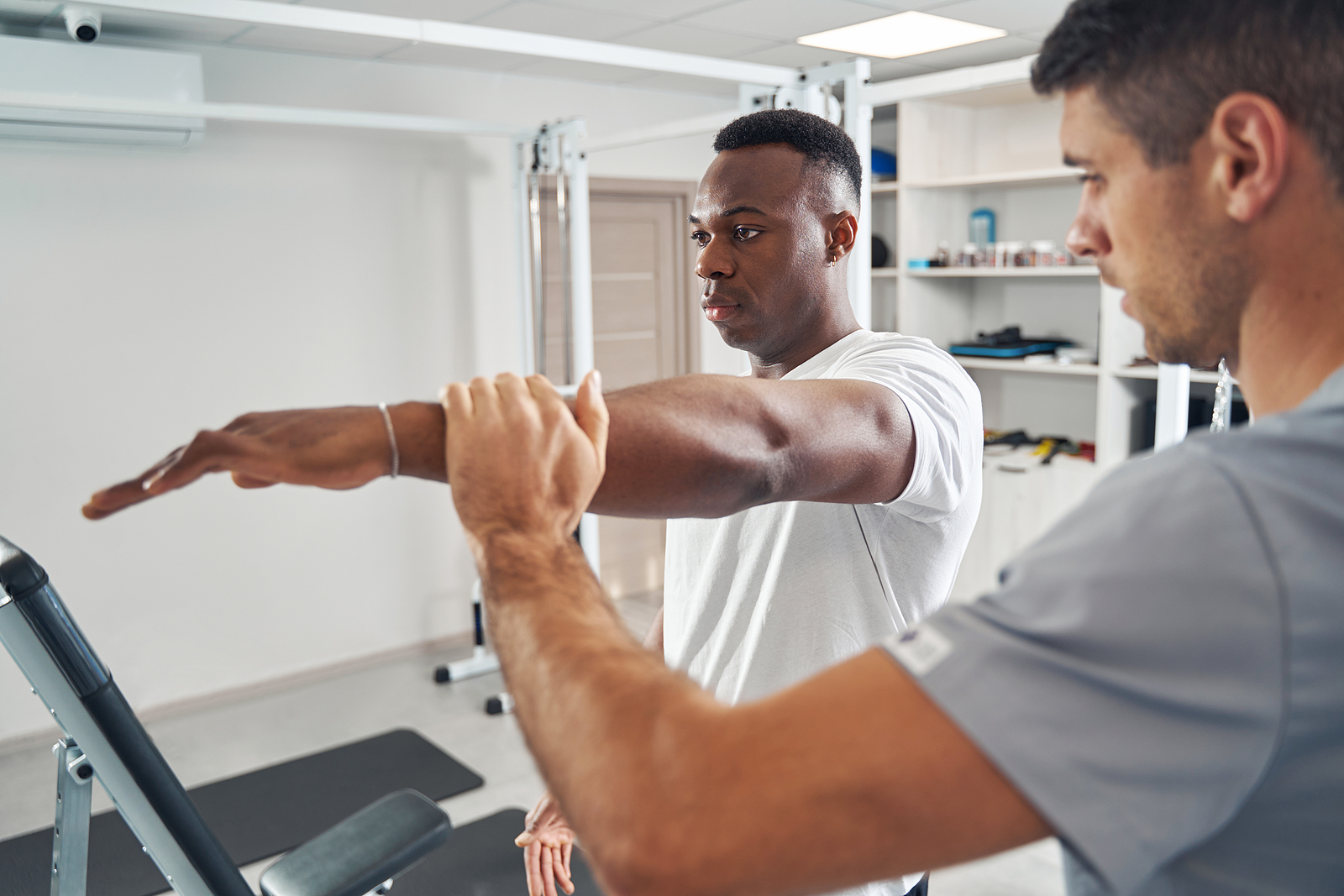 As a complementary and
As a complementary and 
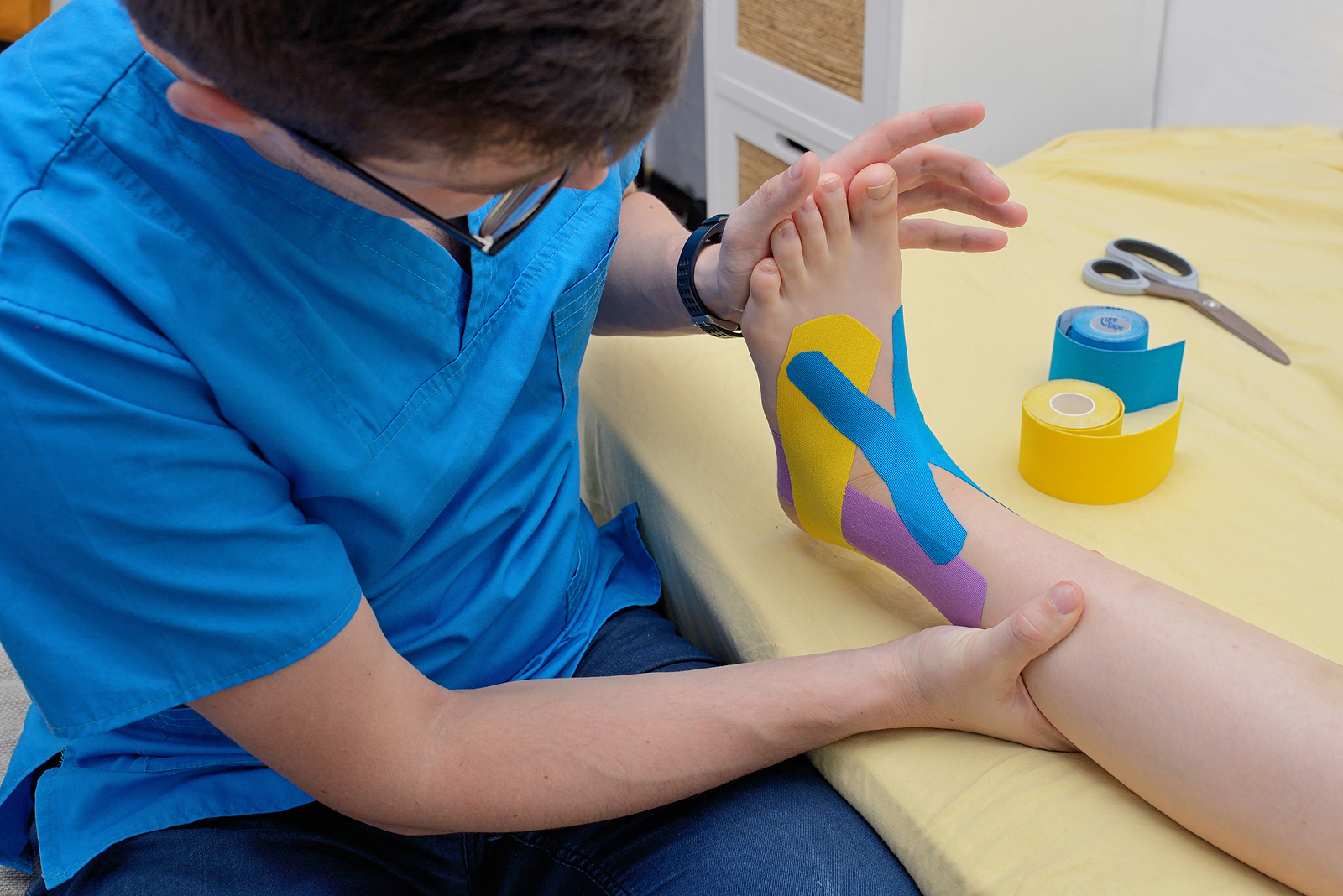

 Whiplash is an injury that can occur from a variety of accidents. While most whiplash injuries are the result of an auto accident, it can also be caused by a slip and fall accident or sporting injury. The stress placed on the muscles and connective tissue can lead to both inflammation and discomfort until the injury is fully healed. With whiplash being one of the most commonly reported injuries, massage therapy is one of the most affordable of all treatment options. Massage therapy can also be used in conjunction with chiropractic adjustments for a more well-rounded healing plan.
Whiplash is an injury that can occur from a variety of accidents. While most whiplash injuries are the result of an auto accident, it can also be caused by a slip and fall accident or sporting injury. The stress placed on the muscles and connective tissue can lead to both inflammation and discomfort until the injury is fully healed. With whiplash being one of the most commonly reported injuries, massage therapy is one of the most affordable of all treatment options. Massage therapy can also be used in conjunction with chiropractic adjustments for a more well-rounded healing plan.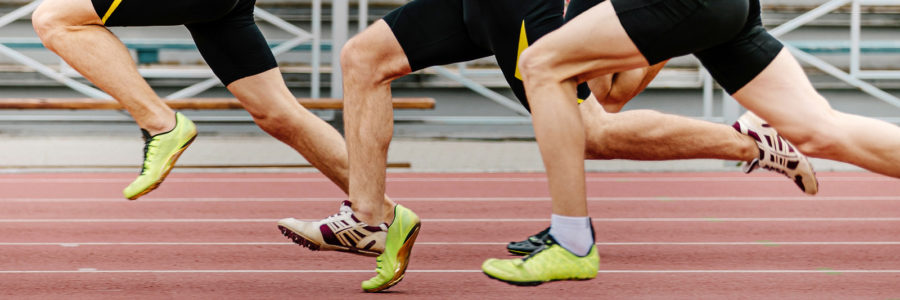
 It takes strength, stamina, and yes, endurance, to be an endurance athlete. Taking part in these marathons, and triathlons and such sporting events requires training and preparation of both the mind and body.
It takes strength, stamina, and yes, endurance, to be an endurance athlete. Taking part in these marathons, and triathlons and such sporting events requires training and preparation of both the mind and body.